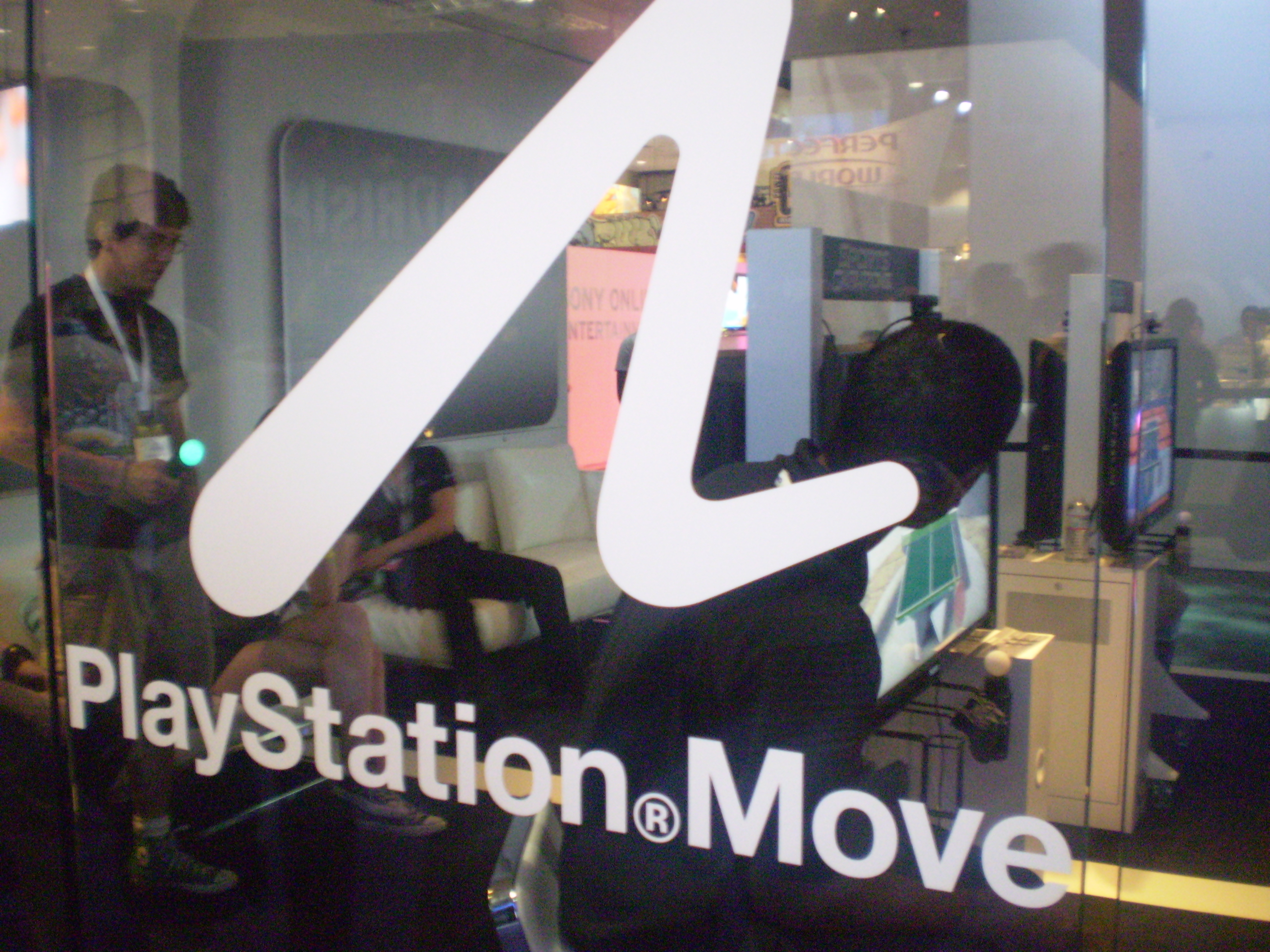
Sony decided to dip their hands into the motion control market when they announced the PlayStation Move at last year’s E3. At E3 2010, the console manufacturer had the motion device on display on the show floor and I was able to get my hands on it. In order to give an accurate preview of the device I played not one, but four different tittles to see if the Move was great for all, great for some, or just not great at all.
The four titles I was able to try out at E3 were Heavy Rain, The Fight: Lights Out, Sports Champion, and SOCOM 4: US Navy Seals. The Move served different functions in each one of these games. Through experiencing them all I found that the Move is very much a hit or miss depending on what type of game is designed for the device, how the device is implemented in these games, and how fascinated with motion controls the individual playing the games is.
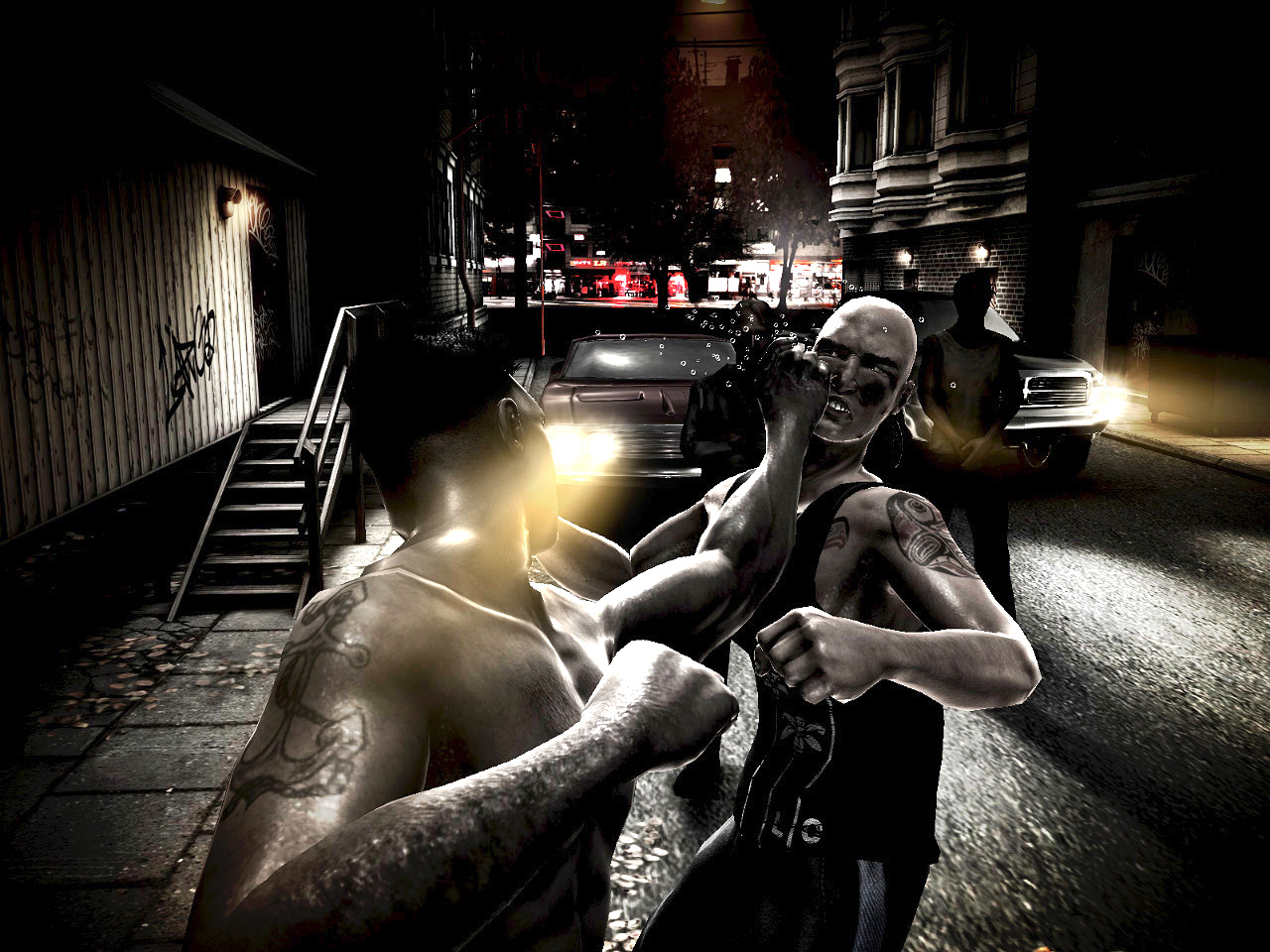
The Fight: Lights Out:
The demo of The Fight featured was a simple one-on-one brawl set inside a prison block. The first thing that was shown before I could get my hands on the game myself was how sensitivity and force matter with the PlayStation Move.
The Sony representative hosting my demo faced the screen and flailed his wrists up and down, a motion that many players know is popular tactic used to win boxing matches in Wii Sports. All this tactic did in The Fight, however, was give the opponent a simple cheek patting and massage, proving what Sony has tried to convey all along about the Move when it comes to fighting games: if you don’t put force into your blows, you’re going to get beaten.
When I finally got to duke it out myself, the AI for my opponent was turned off at first so I could get a look at the game’s animations and an all-around feel for the Move. Sure enough, the more force I put into a punch, the harder I hit. I also was able to hit more than just my opponents face, as I was able to perform body shots as well as uppercuts, jabs, and hooks based on my movements.
Though I was able to hit hard based on how I much force I put into my attacks, the animations were not as responsive as I was hoping. My opponent never really stumbled, staggered, or showed any serious signs of fatigue or pain that would come with being hit with such strong blows. The fighter did wince and bend when hit in the side and his head would snap back when hit in the face, but the reactions were not as satisfying as I have seen in games like EA’s Fight Night series.
After getting the kinks worked out, the AI difficulty was turned on. I quickly learned that it was a good idea to keep my Move controllers up, as they kept my players hands and arms up to protect my face from the opposing fighter. The Move could also be used to move your hands down to protect from body shots.
After beating the opponent, there was an option to perform a finishing maneuver on my beaten foe. I was told these will be gained by playing through the game’s campaign. I also learned that you can perform elbow smashes and headlocks by pressing the trigger on the Move controller and performing the required motion.
One big drawback to The Fight was that players could not move from their standing position without causing the Move controllers to lose their calibration. Anyone looking for actually being able to strafe away from attacks by side-stepping in front of the camera will be severely disappointed.
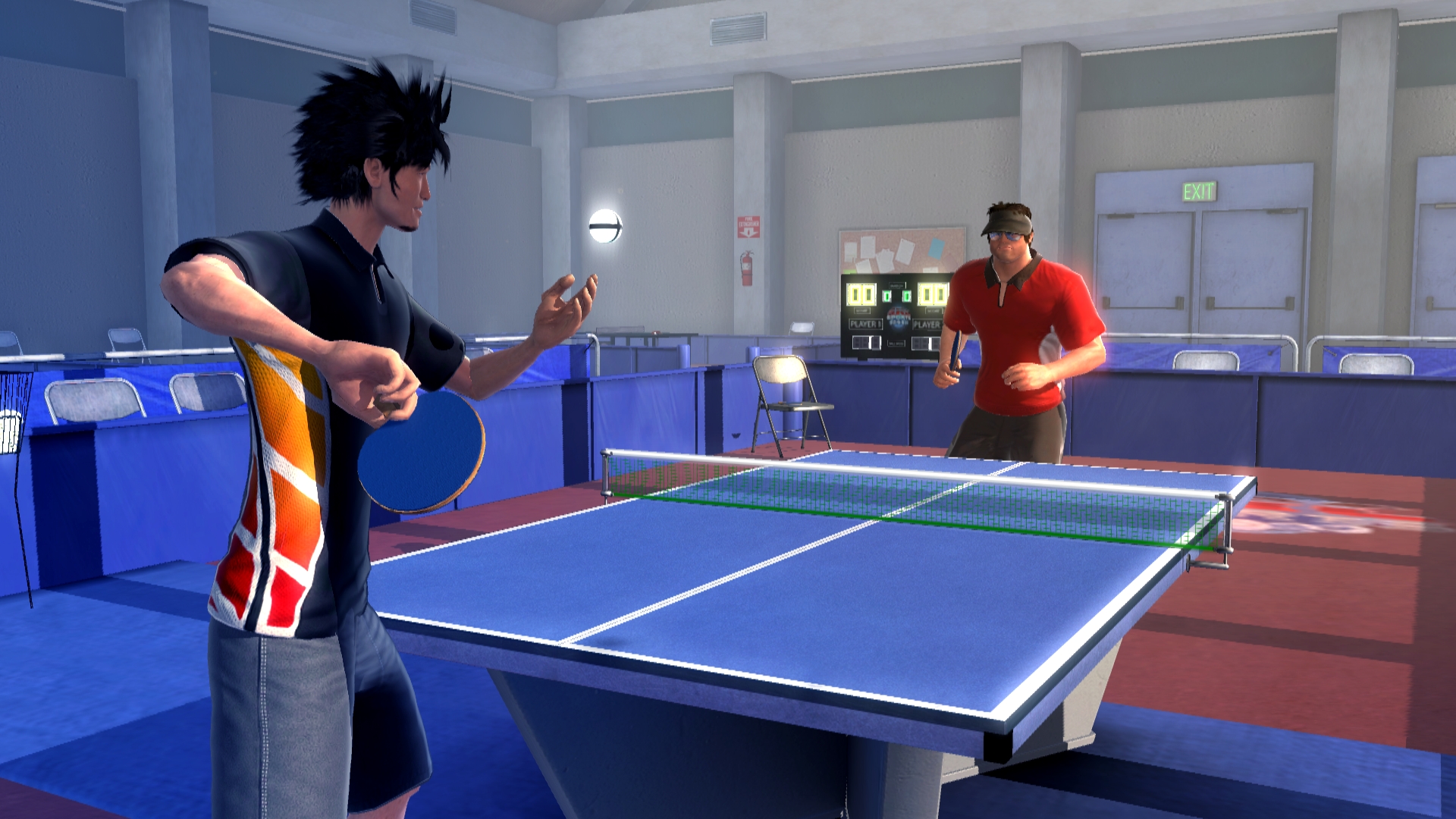
Sports Champion:
For Sony’s demo of Sports Champion, players were able to play a quick game of table tennis. The game was played to three points, with a win-by-two rule in effect.
Unlike The Fight, players were able to move forward and back with their feet in order to move up and back on the virtual table. This could allow players to be aggressive at the net or hang back for more preparatory swings.
The use of the Move for hitting the ball in table tennis was great. How hard you swing and how much you twist your wrist determines the speed, height, direction, and spin on the ball, and the action was responsive.
Animation was no problem in this demo, as both the ball and your opponent reacted just the way you would expect them to. The AI would even extend out to hit a hard-to-reach ball and whiff when it was just out of the outstretched reach. This all allowed for what felt like a real, true game of table tennis against a real opponent that was a ton of fun.
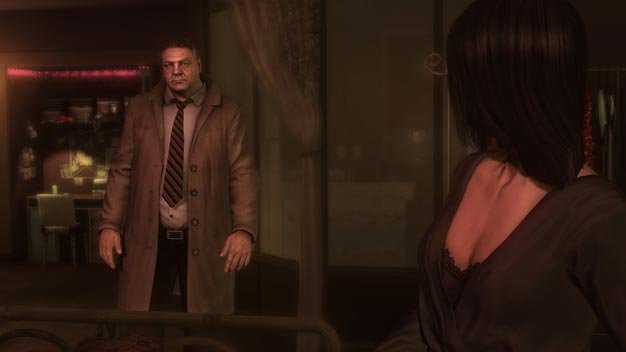
Heavy Rain:
The Heavy Rain experience with the PlayStation Move started out with Scott Shelby’s first meeting with Lauren Winter. I was then allowed to play Madison Paige’s sequence where she is attacked by two masked men inside her apartment.
For anyone who was a fan of Heavy Rain‘s QTEs with the SIXAXIS controller, you will absolutely love playing the game once the Move releases. The game will play with the same amount of tension, but expands and improves upon the feeling of interaction within the game world.
All actions involving motion must be performed with the right trigger held down, because the motion controls are also used to select players thoughts during general play. The game adds new motions that can be done with the Move that could not be performed with the SIXAXIS. These included twisting the controller with your wrist to simulate turning knobs and moving the controller forward and back to open doors, kick and shove enemies, dodge, and more.
Also changed from the original game is the removal of the walk button. Now players can walk by simply moving the analog stick on the Move’s sub-controller, which is held in your left hand. This makes the game much easier to work with.
For a game based on QTEs and motion reaction, the move takes what made Heavy Rain great and makes it better.
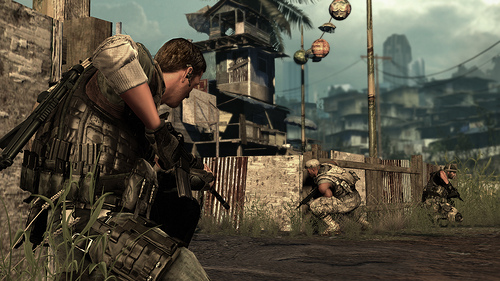
SOCOM 4: US Navy Seals:
For my SOCOM 4 demo, I was given a quick run-through of the controls before heading right into a firefight.
The controls can be a bit overwhelming at first, but are nice once you get used to them. Players will aim with the Move controller, shoot with the right trigger, zoom with central Move button, give commands to your squad mates with the D-Pad, move with the analog stick, take cover with the circle button, reload with the square button, and call in airstrikes with the L2 button.
The game itself looks great, as the visuals are quite impressive. The streets are filled with shattered concrete, and smoke plumes into the air at several locations. It definitely gives the sense that you are right in the middle of a warzone.
The reticule aiming for the Move is nice. The game requires more precision because of the motion detection, and aiming with your hand has a good feel to it. The main problem that I had was that I needed to be very careful not to move the controller too quickly or drastically. Doing so caused the aiming reticule to move rapidly and spin me around, sometimes making me do circles while looking at the sky. However, the retail version of the game will have adjustable sensitivity, so this should not be a problem when the game hits store shelves.
The best strategic feature of the controls is the ability to guide your teammates with the D-pad. Pressing left and right on the D-pad will assign certain squad mates to locations aimed at with the Move controller or select enemies for them to target. Once the locations are picked, pressing up on the D-pad will send them to those locations. This will definitely help you in a pinch when you get pinned down by enemies and need a distraction or covering fire, especially since cover in the game is destructible.
The controls for the Move with SOCOM 4 feel good, but can sometimes feel iffy and make you wonder if using the device is really better than a regular controller.
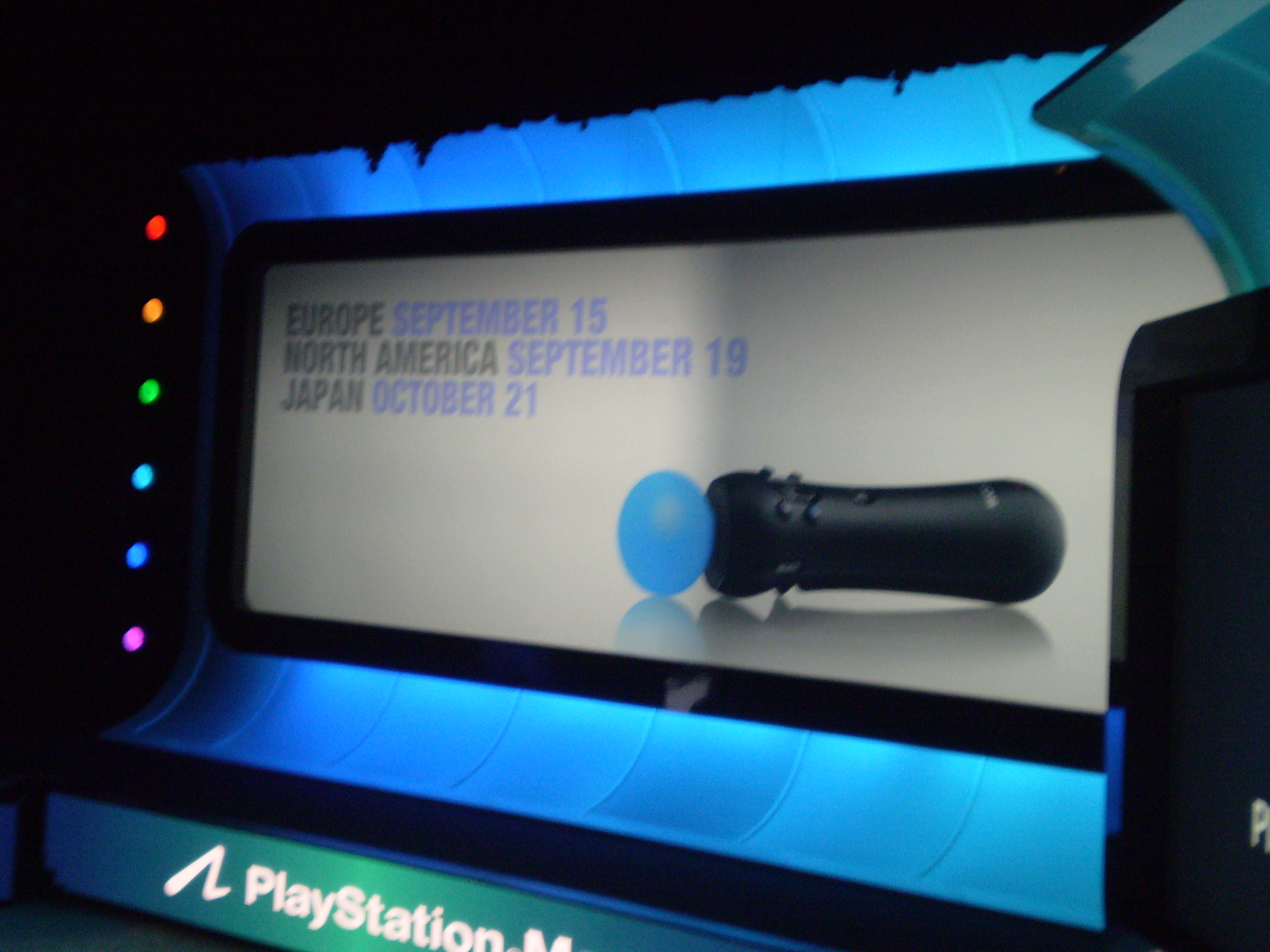
Final Word:
From examining these four games for PlayStation 3’s new motion device, it seems like its functionality will really depend upon the quality and type of game in addition to just how interested in motion controls a player is. Some games felt great with the PlayStation Move, while some felt iffy and unimpressive. Some of that, however, can be chalked up more to poor design rather than the controls of the Move itself.
The PlayStation Move is still a very intriguing and interesting device that has the potential to bring to games a more advanced level of motion control that the Wii has not been able to accomplish. Be sure to keep an eye out for the Move when it comes to stores in Europe on September 15 and North America on September 19.

















